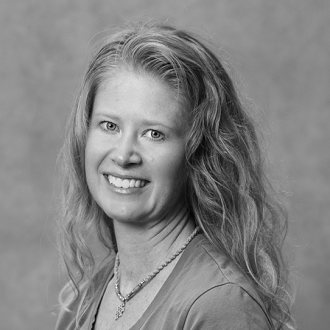 Caregiver Assisted Transfer Technique Instrument (CATT) Evaluation Study – Care Recipient
Caregiver Assisted Transfer Technique Instrument (CATT) Evaluation Study – Care Recipient
STUDY BASICS
Have you had a physical disability diagnosis for at least the past 2 years? Do you use a wheeled mobility device at least 30 hours/week, and require assistance with transfers? You and your caregiver may be able to participate in a study to evaluate CATT by using it to find out how individuals with physical disabilities and their caregivers perform assisted transfers. Compensation is provided.
STUDY PURPOSE
The purpose of this research study is to examine the Caregiver Assisted Transfer Technique Instrument (CATT), a tool used to assess proper transfer technique with a goal of reducing injury risk to caregivers and their care recipients.
COULD THIS STUDY BE RIGHT FOR YOU?
- Over 18 years old
- Require assistance with transfers
- Use a mobility device
- Receive transfer assistance from a caregiver or care attendant
- Caregiver and recipient must both be eligible to participate
WHAT PARTICIPANTS CAN EXPECT
- 2 visits
- You will be asked to complete surveys and perform routine transfers.
- You will be asked to preform the same transfer procedures as visit one.
IRB: STUDY20070186A
- Reliability and Validity of the Caregiver Assisted Transfer Technique Instrument (CATT)MEET THE RESEARCHER

Alicia Koontz
Dr. Alicia Koontz is a Professor at the University of Pittsburgh and VA Research Career Scientist and Senior Associate Director of Research at the VA Pittsburgh HealthCare System Human Engineering Research Laboratories. She is an Elected Fellow to the American Institute for Medical and Biological Engineering (AIMBE) and a RESNA certified Assistive Technology Professional and Rehabilitation Engineering Technologist. Dr. Koontz has over 20 years of experience in research with grant funding from multiple federal agencies, corporate sponsors and foundations. She has published over 100 peer-reviewed materials in top-tier rehabilitation, engineering and biomechanics journals. Her research interests are in rehabilitation biomechanics, injury prevention, adaptive fitness and assistive technology.
 https://pittplusme.org/study/2191
https://pittplusme.org/study/2191